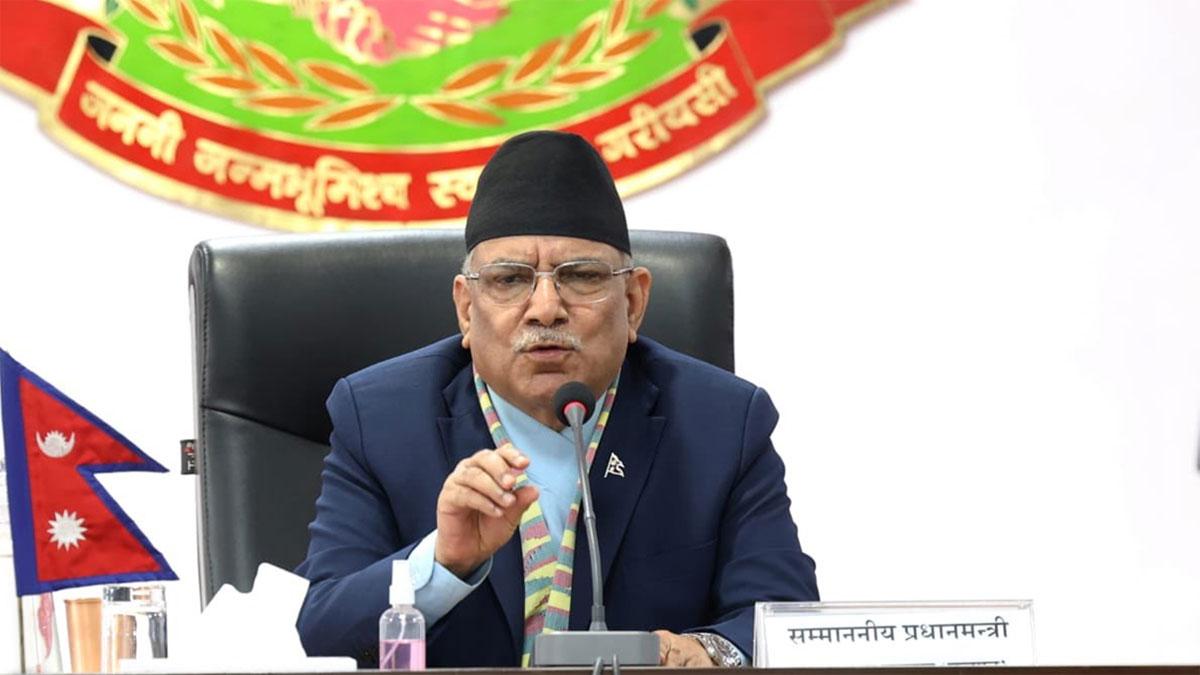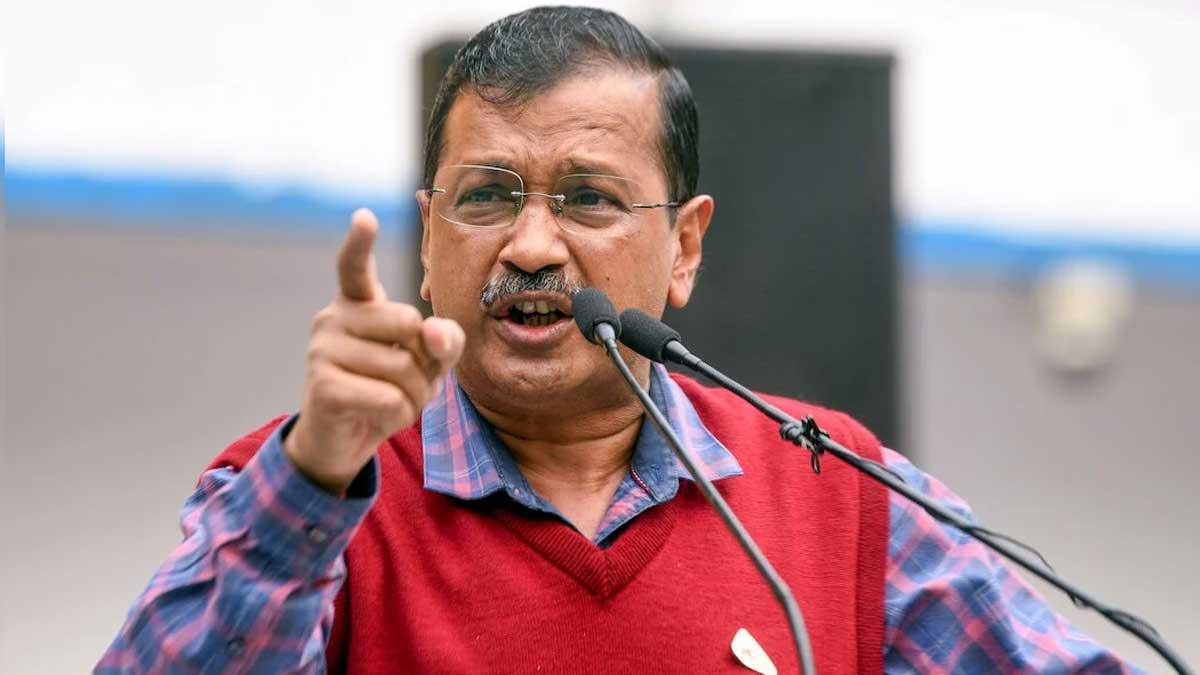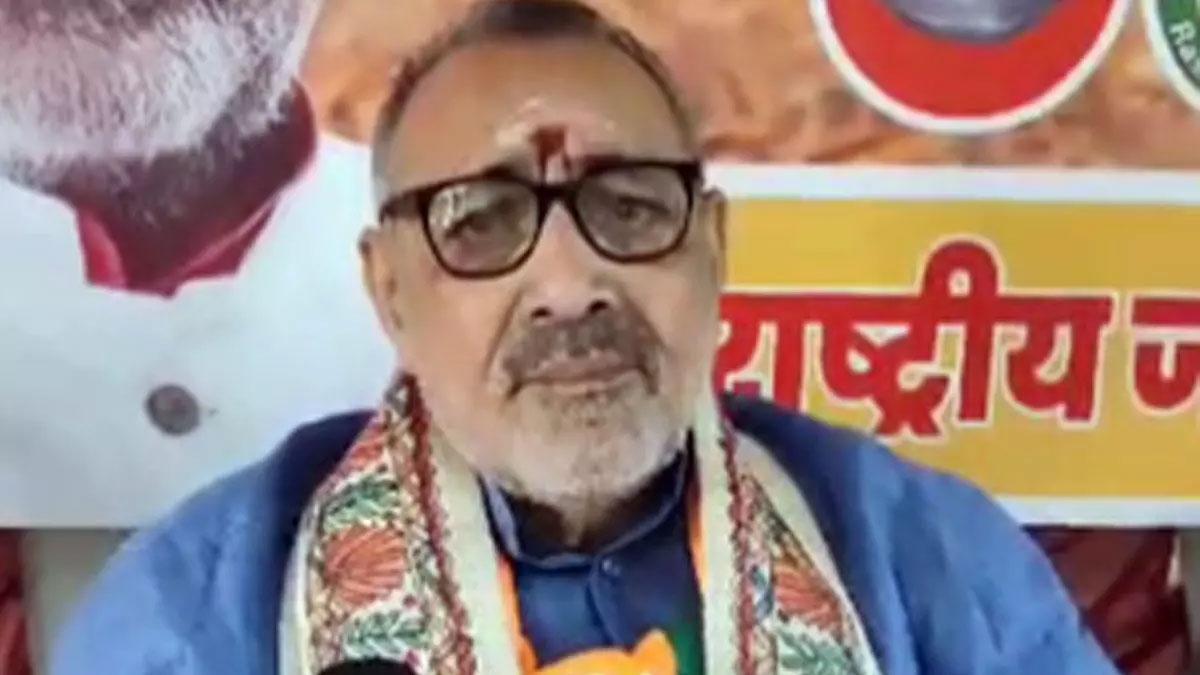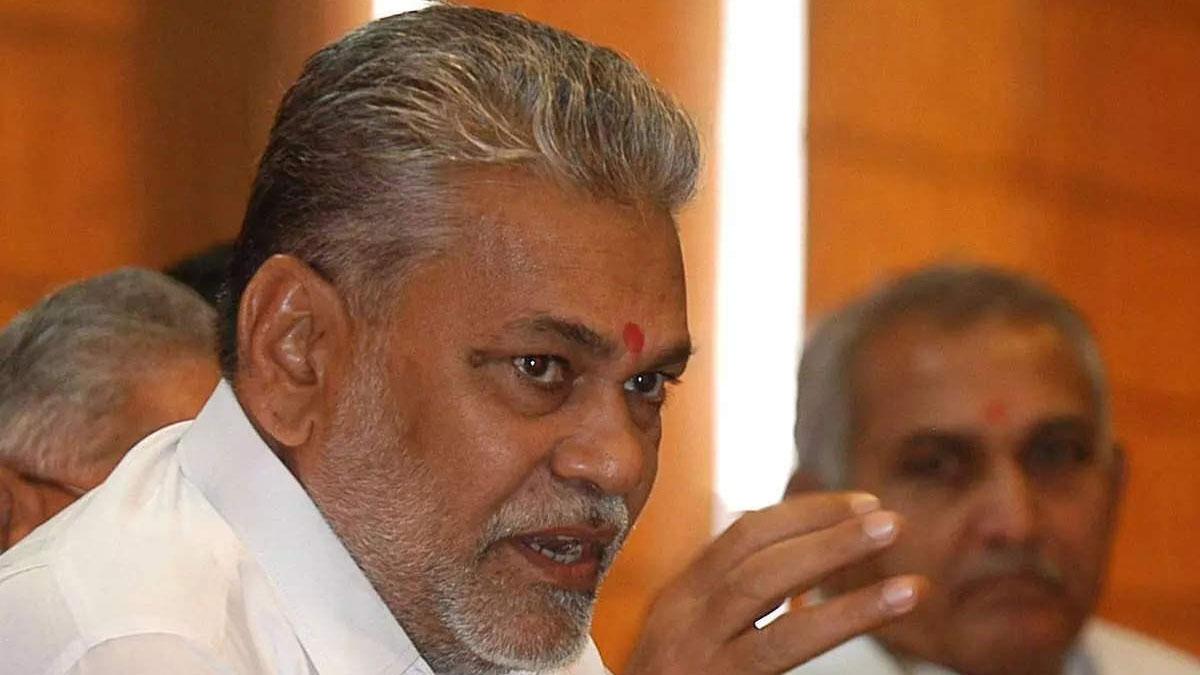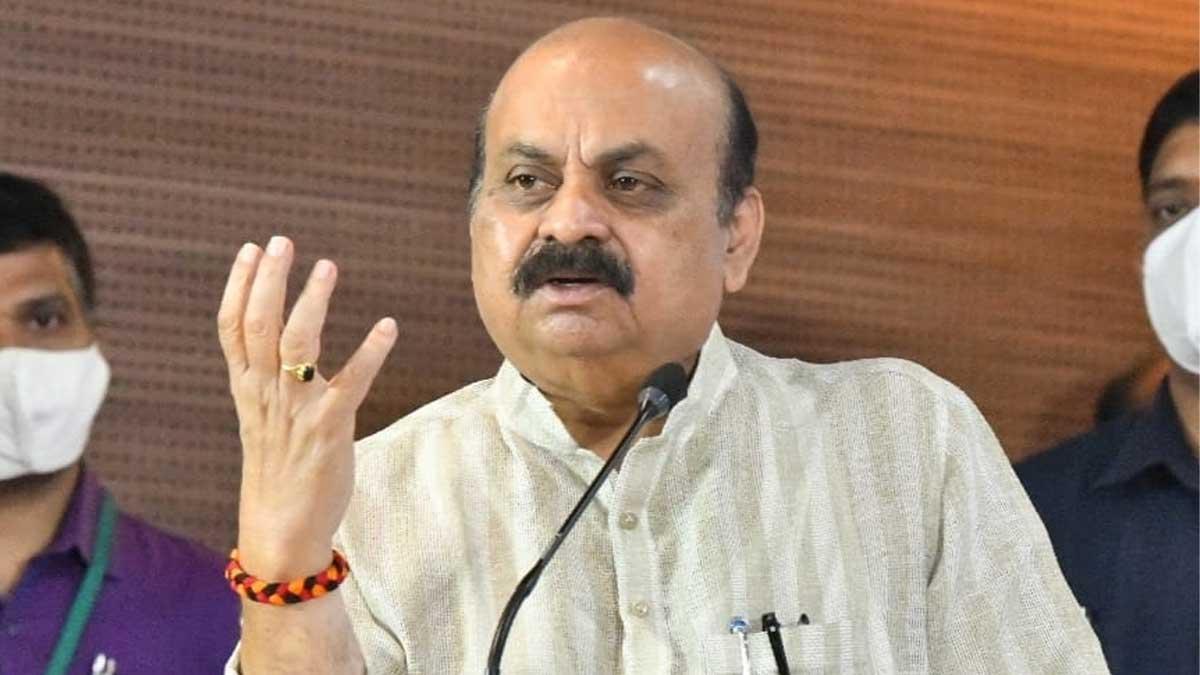Nepal's Prime Minister Pushpa Kamal Dahal, commonly known as 'Prachanda', faced a setback on Tuesday as negotiations with allies regarding a power-sharing arrangement concluded without agreement. This uncertainty sparked speculations about the stability of his government after his recent decision to terminate the alliance with the Nepali Congress.
Prachanda, a former guerrilla leader, swiftly formed a new coalition with the Communist Party of Nepal (Unified Marxist-Leninist), the second-largest party led by former premier KP Sharma Oli. Following this alliance, three ministers were sworn in.
The newly formed alliance agreed upon an 8-point framework to guide the government's actions. This includes supporting a Maoist Centre candidate for the National Assembly chair and a UML candidate for the vice-chair. Additionally, addressing tasks related to the peace process, amending transitional justice laws, and ensuring effective federalism implementation were highlighted.
Despite these agreements, the allocation of ministerial portfolios remained unresolved. Prachanda retained all 25 ministerial positions, including crucial ones like Home, Defence, Foreign Affairs, and Finance, leaving his cabinet members without assignments.
Efforts to expand the cabinet and finalize power-sharing arrangements continued, with discussions among alliance members ongoing. However, no consensus was reached, leading to further uncertainty.
The coalition partners, comprising four major parties with a combined seat strength of 142, hold a simple majority. However, attempts are underway to include smaller parties to strengthen the alliance further.
Internal disputes within parties over ministerial positions add to the complexities. Various leaders vie for key portfolios, leading to challenges for Prachanda in satisfying alliance members while ensuring stability.
In response to the political developments, the Nepali Congress withdrew its support from the government, opting to play the role of constructive opposition. This move adds pressure on Prachanda, who now faces the task of proving his majority in the lower house through a vote of confidence within 30 days.
The shift in alliances signifies a significant political reshuffle in Nepal. The exclusion of the Nepali Congress, the largest party, in favor of uniting the two major communist forces, raises concerns about regional implications, particularly with India. Political instability resulting from frequent coalition changes could affect neighboring countries adversely.
Nepal's political landscape has witnessed multiple shifts in recent years, with 13 governments formed in the last 16 years. The dynamics among political parties, as demonstrated by the current developments, underscore the challenges of governance and coalition-building in the country.
Read also | Demand Mounts in Nepal for Reinstatement of Hindu State Status
Read also | Nepal's Prime Minister 'Prachanda' Reshuffles Cabinet, Ends Nepali Congress Alliance

